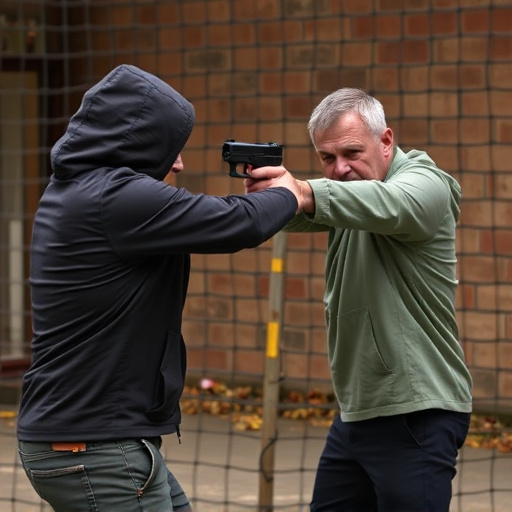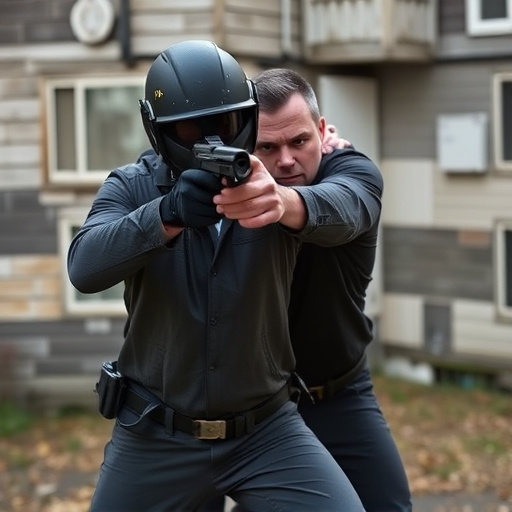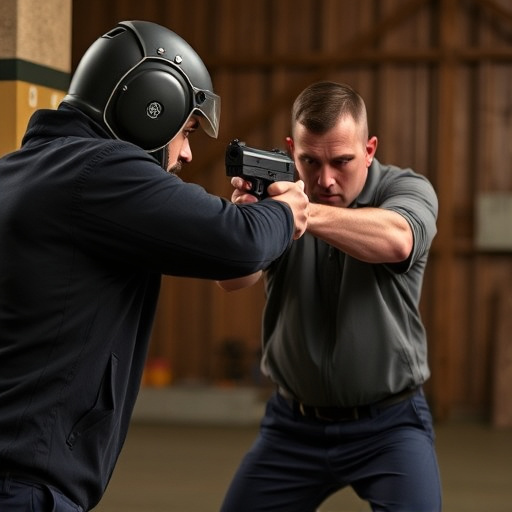Before acquiring a concealed carry stun gun for self-defense, thoroughly research local, state, and federal regulations, as laws vary widely. Prioritize models with best-in-class safety features like automatic shut-off, secure storage, and designs minimizing harm to bystanders from reputable manufacturers focusing on safety in design and testing. Key legal factors include age restrictions, permit requirements, and device types; ensure your stun gun's features align with these regulations while enhancing personal security.
In today’s world, understanding concealed carry stun gun regulations is crucial for personal safety. As laws vary across regions and states, it’s essential to know your rights and responsibilities. This article delves into the legal frameworks governing stun gun possession and hidden carry, highlighting key differences that impact your ability to protect yourself. Additionally, we explore the best safety features in stun guns, focusing on trigger safety mechanisms, motion sensors, auto-shutdown capabilities, durability, and reliability – all vital aspects to ensure long-term safety and effectiveness.
- Understanding Concealed Carry Stun Gun Regulations
- – Legal frameworks governing stun gun possession and concealed carry
Understanding Concealed Carry Stun Gun Regulations

Understanding Concealed Carry Stun Gun Regulations is a crucial step before considering owning such a device for personal safety. Each state has its own set of rules and restrictions regarding stun gun ownership and carry, which can vary significantly from one location to another. Potential users must familiarize themselves with local, state, and federal laws to ensure they are complying with all regulations. This includes understanding the age requirements, permit systems, and any specific restrictions on the type and capacity of stun guns allowed.
When looking for a stun gun, focus on models that incorporate the best safety features. These can include automatic shut-off mechanisms to prevent accidental activation, secure storage options, and designs that minimize the risk of harm to bystanders. Additionally, some modern stun guns come equipped with LED lights or alarms, further enhancing their effectiveness as deterrent tools. Always opt for products from reputable manufacturers who prioritize safety in their design and testing procedures.
– Legal frameworks governing stun gun possession and concealed carry

In many regions, stun guns are subject to specific laws and regulations regarding their possession and concealed carry. The legal frameworks vary widely across different countries and states, reflecting a delicate balance between individual rights and public safety. Understanding these rules is essential for anyone considering carrying a stun gun for self-defense. Key factors determining legality include age restrictions, permit requirements, and the type of stun device allowed, with some jurisdictions differentiating between stun guns, tasers, and other electric shock weapons.
When navigating concealed carry regulations, it’s crucial to focus on the best safety features in stun guns. These devices should be designed with user safety as a top priority, featuring reliable activation mechanisms, durable construction that ensures longevity, and compact designs suitable for easy concealment without compromising comfort or accessibility. Additionally, looking for models equipped with advanced safety features such as automatic shut-off functions and tamper-resistant casings can significantly enhance personal security while adhering to legal requirements.
When it comes to choosing a stun gun for concealed carry, understanding the regulations is paramount. Each region has its own set of rules regarding ownership and hidden possession, ensuring public safety while allowing responsible individuals to protect themselves. By familiarizing yourself with these regulations and selecting a device equipped with the best safety features in stun guns, you can make an informed decision that aligns with local laws. Stay informed, stay safe.
